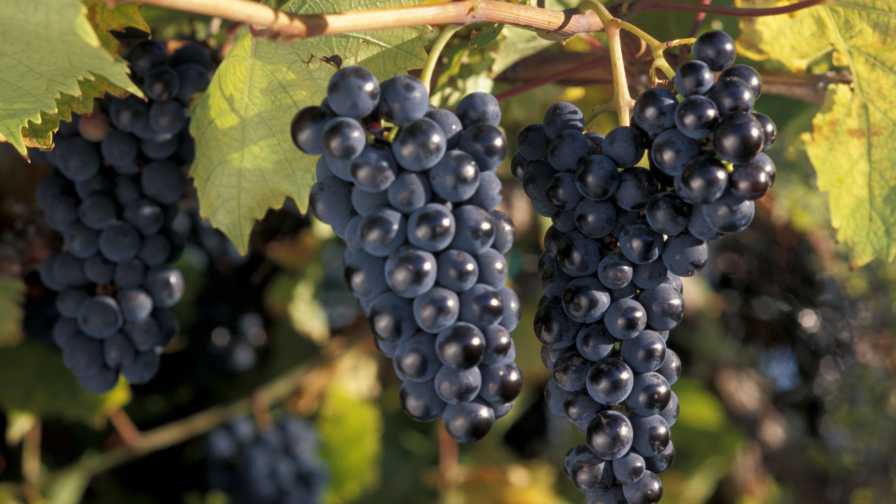DNA Study Gives Insight in how Corn Adapts to New Climates

A new study has mapped the close correlation between maize’s response to altitude and flowering triggers. Understanding how the two features interact will help maize breeders to better understand how varieties adapt to different climates.
The research team identified almost 1,500 genes from 4,471 maize landraces (traditional varieties) that are in the genomic regions that control latitudinal and altitudinal adaption. They then mapped the genes that control flowering time across 22 different environments, resulting in slightly more than 1,000 genes.
The result? A 61.4% overlap in single-nucleotide polymorphisms (SNPs) — which is a variation in a single base pair in a DNA sequence — for altitude adaptation and flowering time. More than half the genes for altitude adjustment were also associated with flowering time.
“With global climate change over the next century, we can directly use this information to figure out what genes are important” to greatly speed up breeding efforts of maize,” senior author Edward Buckler, a research geneticist at the USDA-Agricultural Research Service and adjunct professor of plant breeding and genetics at the Institute for Genomic Diversity at Cornell, told Morning Ag Clips. “We’re tapping the wisdom of farmers over the last 10,000 years to make the next century’s corn.”









